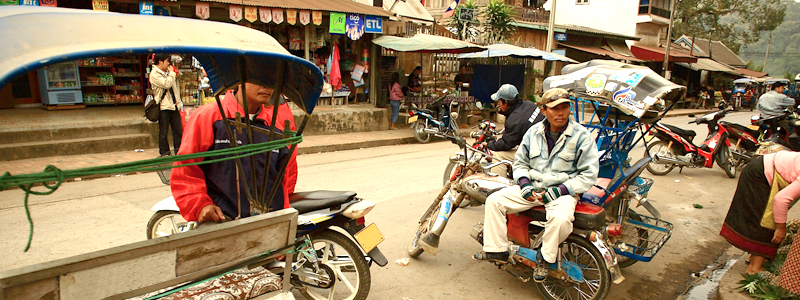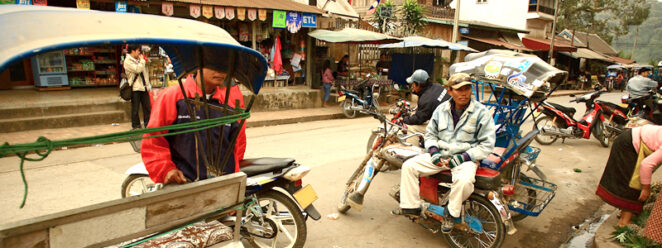Case-study /
Sustainable urban tourism through low carbon initiatives: Experiences from Hue and Chiang Mai


Adaptation challenge
- The transportation sector in Chiang Mai Municipality (CMM) contributes to significant Greenhouse Gas (GHG) emissions.
- Non-Motorized Transport (NMT) is an option to not only reduce emissions from transport but also provide income opportunities for the poor.
- Developing NMT zones in the city center of CMM will offset around 230 to 570 tons of equivalent CO2 per year in CMM
Expected outputs
The project aimed to estimate the greenhouse gas emission from tourism sector and helped to focus on the issues of sustainable urban tourism in both the cities. In the process, the project also tried to ensure multi-stakeholder partnership between researchers, local authorities, private companies, NGOs and locals to work together for designing an efficient solution to practice sustainable urban tourism in both the cities. The low carbon initiatives were proposed after considering inputs from the different stakeholders, such as tourism service sectors, local people, students, software analytical tools and research academia experience. Thus the implementation recommended policy options from this project would not only reduce GHG emissions but also create green and decent jobs to the local people.
Timescale of project
2012-2013
Scope
Thailand
Focal point
Prof. Sivanappan Kumar and Dr. Kyoko Kusakabe School of Environment and Resource Development Asian Institute of Technology (AIT), Thailand E-mail: kumar@ait.asia; kyokok@ait.asia
Partners
Sivanappan Kumar, Kyoko Kusakabe, Pravakar Pradhan, Pujan Shrestha, Srujana Goteti, Trinnawat Suwanprik, Le Phan Anh Thu, Nguyen Thi Khanh Linh, Tran Anh Tuan
Asian Institute of Technology (Thailand), Chiang Mai Municipality, Hue City Center for International Cooperation
